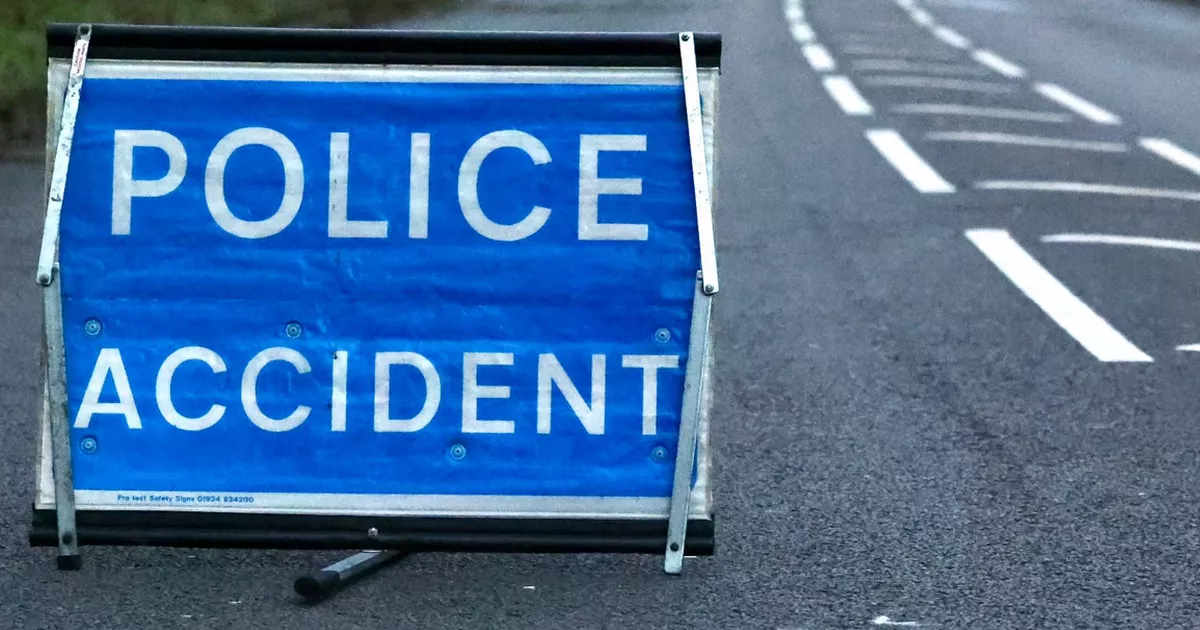Published:
11:23 AM March 11, 2022
It is part of our everyday lives, affecting everything from satnavs to house prices and even what sort of health care you receive. And the humble postcode began life here in Norfolk.
Now, a new exhibition is being organised to celebrate the pioneering – if not always smooth – process that saw Norwich first introduce the technology.
The show – Sorting Britain: The Power of Postcodes – is being held at the Postal Museum in London.
It tells the story of how the city was chosen for the first pilot project to introduce the codes to help sort and deliver mail.
It also explores the many consequences they have had for life in Britain, where they are now used not just to process the post, but also to divide up neighbourhoods to allocate health funding, calculate insurance premiums and demarcate parliamentary constituency boundaries.
The story begins in the aftermath of the Second World War, when the growth in mail volumes meant that a new way was needed to enable the post to be sorted automatically by machine.
The solution was postcodes. And Norwich was picked to trial them in 1959.
Members of the public were asked to write the first three characters NOR, representing the city’s name, then two digits and a letter for particular streets, on letters and packages.
Larger firms and businesses got their own individual codes. Norwich City Football Club, for instance, was assigned ‘NOR 22T’.
Norwich had eight new sorting machines which were known as ELSIE (Electronic Letter Sorting Indicating Equipment) or SPLSM (Single Position Letter Sorting Machine).
Those machines enabled operators to key in postcodes to sort letters to the postmen’s delivery rounds.
The SPLSM translated the postcode into a binary form which printed dots through phosphor tape on to the envelope. The dots were then read by a sorting machine.
But on July 28, 1959 – the day the Postmaster General Ernest Maples came to Norwich to officially launch the experiment in front of the national media – something went wrong.
One of the conveyor belts linking the SPLSM to the basic sorting machinery had broken. So staff resorted to faking the demonstration.
There was time to run a hundred letters through the keyboard and dot-printer unit and take them out of the machine.
For the demonstration, the front conveyor was operating normally. Letters were printed and went into the SPLSM.
But at that stage, two postmen strategically positioned behind the machine took those out and swapped them with the pre-dotted letters for the working sorter.
The audience did not realise the letters going into the destination boxes were not the same ones which started the process.
And the problems did not end there. The machines continued to break and the trial was not quite as successful as expected.
Fewer than half of all letters posted bore codes, and it was found that greater division of the last three characters was needed.
But the Norwich trial did pave the way for the system we have today.
The present system was introduced at Croydon in 1966, with codes for the whole country carried out in stages.
That was completed in 1974 – when Norwich itself was re-coded. Today there are more than 1.7 million postcodes in the UK.
Chris Taft, head of collections at the Postal Museum, said: “There was a great sense of national pride at the heart of the drive for innovation at the Post Office.
“The mechanisation of traditional systems, and ultimately the adoption of the postcode system, helped changed the face of Britain forever.
“Today, the advent of new technology continues to change how we communicate with each other at astonishing speed.
“Sorting Britain is a fascinating look into this little-known history, told through the wonderful collections at the Postal Museum.”
The exhibition will include photographs and paraphernalia connected to the Norwich trial.
And it will also feature an ELSIE machine – thought to be one which was used in the city.
The exhibition will run at the Postal Museum, in London’s Phoenix Place, from March 30 until January 1 next year.
Visitors to the museum can also take a ride on Mail Rail, London’s underground railway which was developed and run by the Post Office.
Norwich’s role in the development of the postcode is marked in the city with a blue plaque on Lloyds TSB in Gentlemans Walk.
Source link








